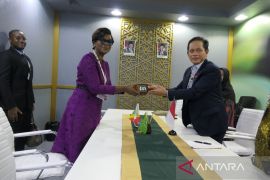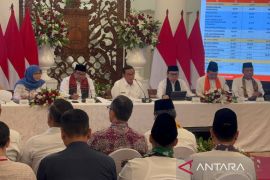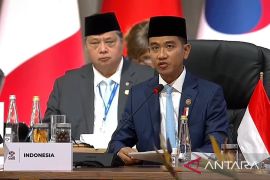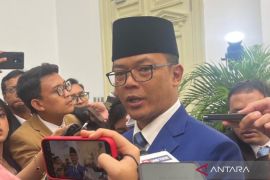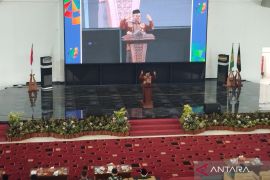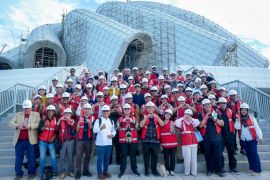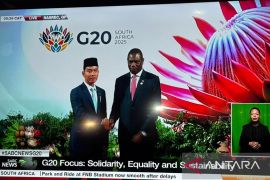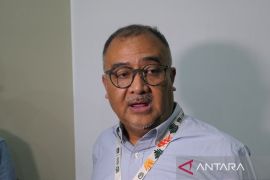"Hence, today, we discuss it together to support the efforts to restore and conserve peatlands. Based on the results of this discussion, we could conclude that a scientific solution is crucial for undertaking conservation and restoration efforts," she noted here, Wednesday.
Kazuyo Hirose of the Japan Space System remarked that during the period between 1970 and 2011, several local- and national-scale maps of peatland areas were prepared, among other things, by the Agriculture Ministry, Public Works Ministry, universities, and other institutions.
However, there were disparities in areas ranging from 13.5 million hectares to 26.5 million hectares, he added.
The World Resources Institute has opined that all peatland maps existing in Indonesia are on a small scale; hence, it could not respond optimally to peatland management and restoration efforts on a large scale.
Budi Satyawan Wardjama, deputy I in charge of planning and cooperation of the Peatland Restoration Agency (BRG), said there are 14 maps, with each one being different. The latest version was published in 2011, and the maps were never updated so far.
Moreover, the BRG is utilizing a technology called Light Detection Ranging that creates maps, with a scale of up to 1:2,500 and equipped with 3D features.
The government has highlighted the importance of having more accurate maps; hence, in 2016, President Joko Widodo had issued Presidential regulation No 9 of 2016 on accelerating the implementation of a one-map policy, with a map accuracy rate of 1:50,000 scale.
The one-map policy is expected to be materialized in 2019, with the aim of avoiding overlapping land use.
Reported by Virna P Setyorini
EDITED BY INE/a014
Editor: Monalisa
Copyright © ANTARA 2017
